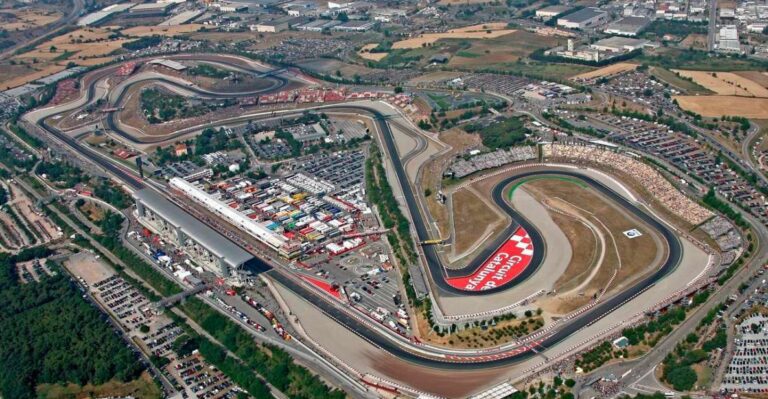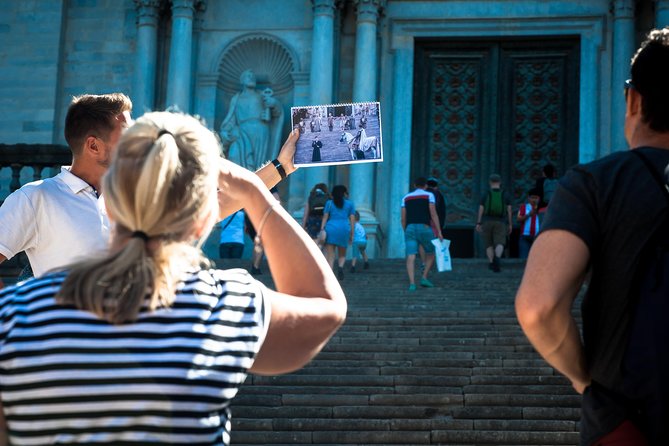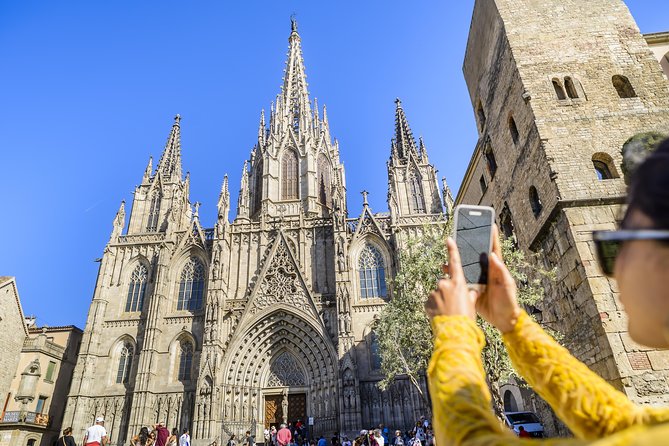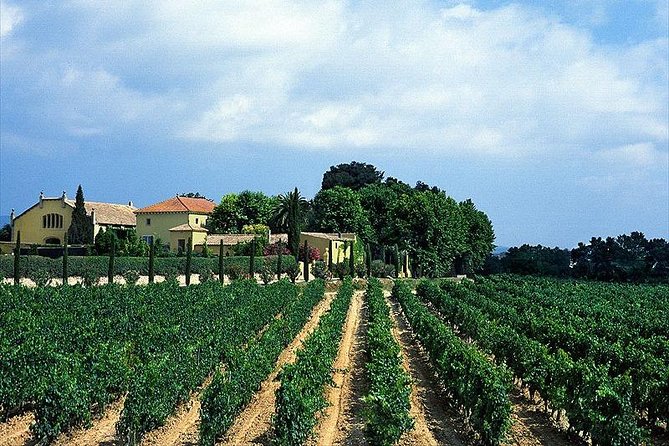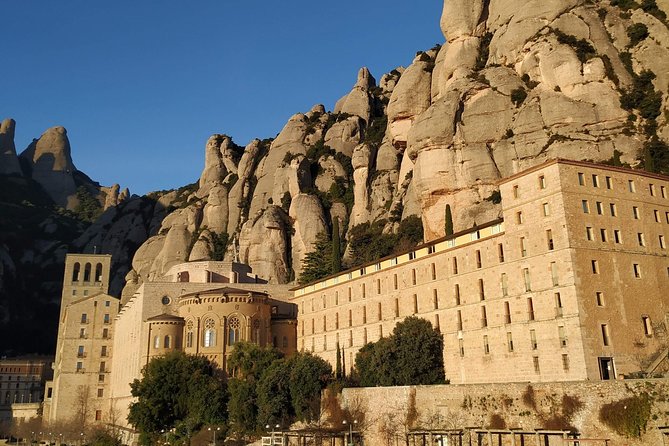On a quick walk through El Raval, the neighborhood west of La Rambla, you might stumble upon Palau Güell. This Barcelona attraction may not be as well-known as some others, but for anyone interested in architecture or the amazing works of Antoni Gaudí, it’s definitely worth a visit.
Gaudí’s Early Masterpiece
The palace was one of Gaudí’s first projects, commissioned in the late 19th century by wealthy industrialist Count Eusebi Güell, who was also Gaudí’s patron. Though there is a dark Medieval feel to the exterior, the interior is functional and elegant, showcasing Gaudí’s attention to intricate and aesthetic details.
With his choice of materials, mostly tile, glass, wood, and wrought iron, Gaudí created some of the design features that would come to define his Modernist style, like the parabolic arch and distinctive rooftop chimneys.
Exploring the Palace
A tour of Palau Güell takes you from the basement, which formerly served as stables and storage for coal, wood, and straw, all the way up to the rooftop terrace, where you can stand amidst the colorful chimneys.
Entrance and Main Stairs
You’ll enter the palace through the arched entrance with its unique wrought iron privacy screen, which allows those inside to see out but obscures the view looking in. From there, climb the main stairs, past the red and yellow striped window inspired by the Catalan flag, to the first mezzanine level where Count Güell conducted his business affairs. Here, you’ll get a chance to see the intricately crafted peephole in the door, just one example of Gaudí’s incredible attention to detail.
Main Floor and Entertainment Areas
Continue on up to the Main Floor, where the Güell family entertained guests. These rooms include:
- The Hall of Intimates and Smoking Room
- The impressive Dining Room
- The Southern Terrace with an ornate window balcony
- The Central Hall, featuring an organ and chapel with doors made of rosewood and decorative elements of bone, brass, and tortoise shell
Music was a passion of the Güell family, and the second Mezzanine level contains the musicians’ area behind an Arabian-style latticed screen of ebony and rosewood with bone inlay.
Private Quarters and Attic
The next floor up served as the family’s private quarters and includes the master bedrooms, children’s bedrooms, bathroom, and a Gaudí-designed toilet. The tour continues on to the upper attic room, which served as a kitchen, laundry, and servants’ quarters. Today, the space is used as an exhibition hall.
Rooftop Terrace and Chimneys
Finally, climb out onto the rooftop terrace to walk amidst the 20 chimneys, noting the Trencadís mosaic designs made with broken glass and shards of glazed tile. Take in the view of the El Raval neighborhood below. Throughout the palace, pay attention to the fireplaces, some of which are designed with Gaudí’s trademark arch.
Visiting Palau Güell
The audio tour takes about 40 minutes, but expect to spend an hour or more here to really appreciate the home, depending on your level of interest. Palau Güell is one of the seven properties comprising the ‘Works of Antoni Gaudí’ registered as a UNESCO World Heritage site.
The palace served as the main residence of Count Güell, his wife Isabel López, and their 10 children until the family moved to a new home in Parc Güell.
Location and Tickets
Palau Güell is located at Nou de la Rambla, 3-5. To get there, just head down La Rambla toward the port and take a right on Nou de la Rambla. The ticket office is located at Nou de la Rambla, 1 and is separated from the Palace entrance by a bank ATM. Before getting into line at the Palace entrance, make sure you have your ticket in hand.
Adult admission is €12.00, which includes a 40-minute audio guide. The museum has seasonal opening hours, so be sure to check their website before your visit.
Additional Information
- Palau Güell was designed and built between 1886 and 1890.
- The palace has a total area of 2,850 square meters (30,677 square feet) spread over seven floors.
- The roof terrace features 20 chimneys, each unique in design and adorned with colorful mosaics.
- The central hall is crowned by a parabolic dome, an innovative architectural feature for its time.
- The palace’s wrought iron gates were designed to allow airflow while maintaining privacy, an early example of Gaudí’s functional design approach.
Whether you’re a fan of Gaudí’s work or simply appreciate unique architecture, Palau Güell is a must-see attraction in Barcelona. This early masterpiece offers a glimpse into the mind of one of the world’s most innovative architects and the life of a wealthy Catalan family at the turn of the 20th century.

